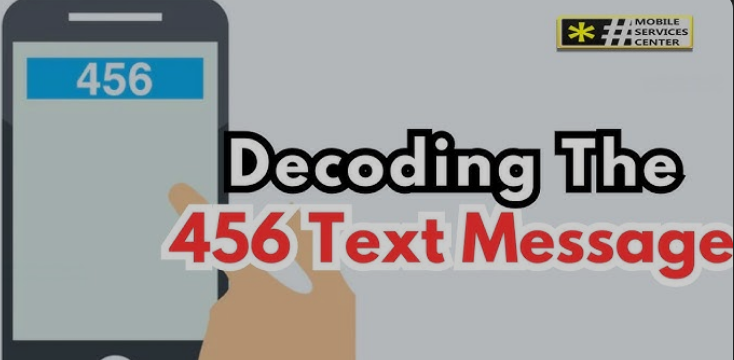T-Mobile customers have likely seen a message from a short, three-digit number pop up in their inbox: 456. The arrival of a 456 tmobile text can often cause confusion, leaving subscribers to question its legitimacy and purpose. Is it a critical alert, a marketing message, or a potential scam?
This article provides a comprehensive guide to understanding the 456 tmobile text, explaining its official function, how to spot fraudulent messages, and the best course of action to take to keep your account secure.
The Official Role of the 456 T-Mobile Text
First and foremost, 456 is an official and legitimate SMS short code used by T-Mobile for a variety of important, non-promotional communications. When you receive a 456 tmobile text, it is typically a system-generated message related directly to your account activity or services. Blocking this number is generally not recommended, as you could miss critical information.
Key Account Alerts You Might Receive:
- Security Notifications: T-Mobile uses this number to alert you to significant changes made to your account. This includes notifications for a SIM card change, a new PIN creation, or updates to your account password. These messages are a crucial first line of defense against unauthorized access.
- Service and Order Updates: If you change your plan, add a line, or order a new device, a 456 tmobile text will often be sent to confirm the action. You will also receive updates on porting requests if you are moving a number to or from T-Mobile.
- Billing and Payment Information: While not for general marketing, you may receive alerts regarding your bill, AutoPay status, or rebate submissions from this number.
Is It a Scam? How to Identify a Fraudulent Message
While the 456 number itself is official, scammers are aware of its use and may attempt to “spoof” it or create messages that look similar to trick you. This tactic, known as “smishing” (SMS phishing), aims to steal your personal information. It is vital to be vigilant and know the red flags.
Warning Signs of a Scam:

- Requests for Sensitive Information: A legitimate 456 tmobile text will never ask you to reply with your password, Social Security number, or full credit card details. T-Mobile already has your necessary account information.
- Suspicious Links: Be cautious of any links in the message. While T-Mobile does use its own URL shortener (
t-mo.co), you should never click on a link you weren’t expecting. If in doubt, go directly to the official T-Mobile website or app in your browser instead of using the link. - Urgent, Threatening Language: Scammers often try to create a sense of panic. A message claiming your account will be shut down immediately if you don’t click a link is a common tactic.
- Promises of Free Gifts or Prizes: Official account alerts from 456 are not used for contests or giveaways. A 456 tmobile text offering you a free gift in exchange for information is a clear sign of a scam.
What To Do When You Receive a 456 Text
Your response should depend on whether you believe the message is legitimate or fraudulent.
If You Suspect the Message is a Scam:
- Do Not Reply: Replying, even with “STOP,” can confirm to scammers that your number is active.
- Do Not Click Any Links: Clicking can lead to malicious websites designed to steal your login credentials or install malware on your device.
- Report the Message: Forward the suspicious text to 7726 (which spells SPAM). This is a free service for T-Mobile customers that allows the company’s security team to investigate and block fraudulent senders.
If You Believe the Message is Legitimate:
- Verify the Activity: If the 456 tmobile text notifies you of an action you just took (like changing your password), then no further action is needed. It is simply a confirmation.
- Contact T-Mobile Directly: If you receive an alert about an action you did not take (such as a SIM change you didn’t authorize), contact T-Mobile support immediately by dialing 611 from your T-Mobile phone. Do not use any phone numbers provided in the suspicious text message.
In conclusion, the 456 tmobile text is an important communication channel for essential account alerts. By understanding its purpose and remaining alert to the warning signs of a scam, you can confidently distinguish between a crucial notification and a fraudulent threat.


